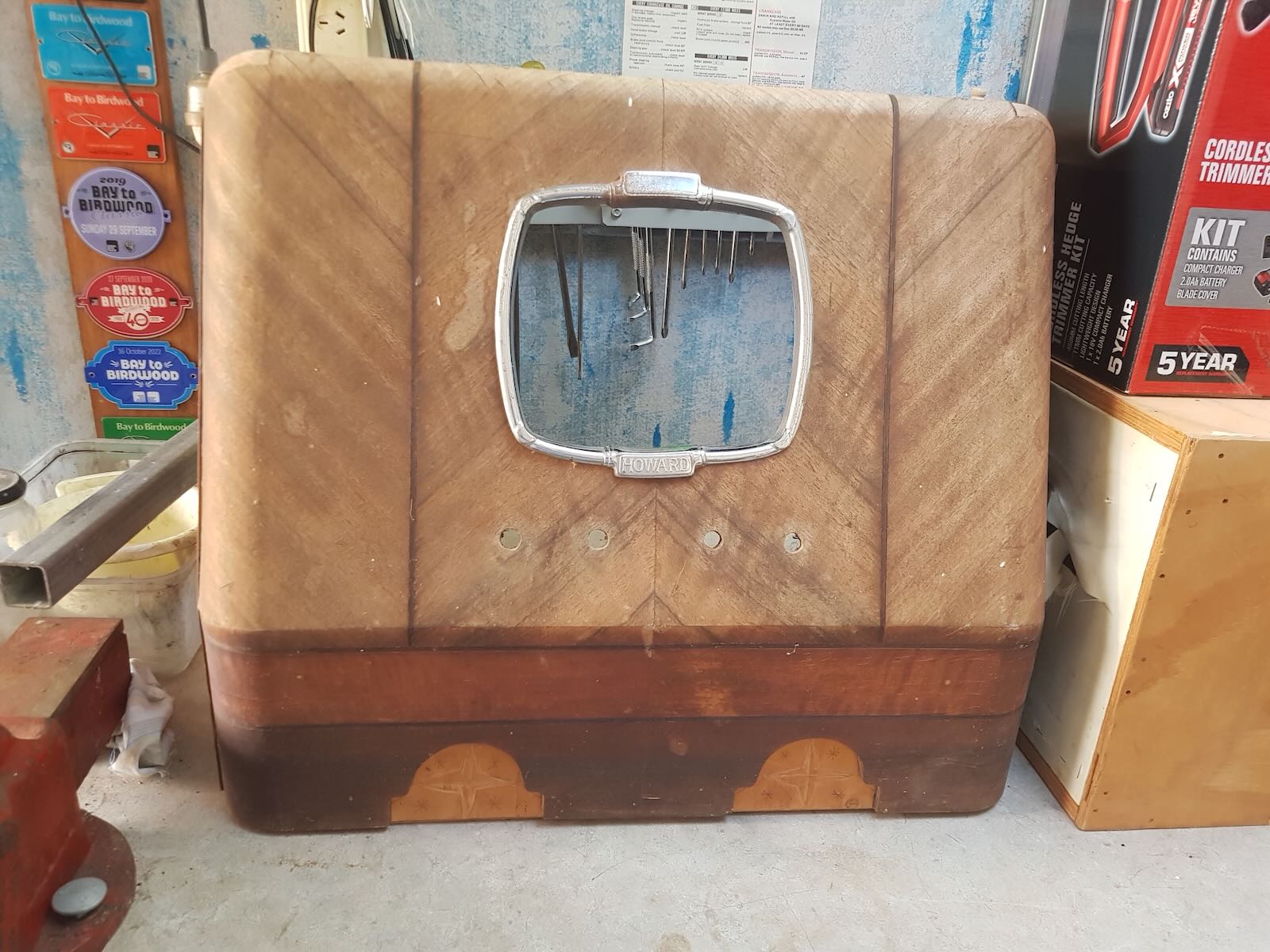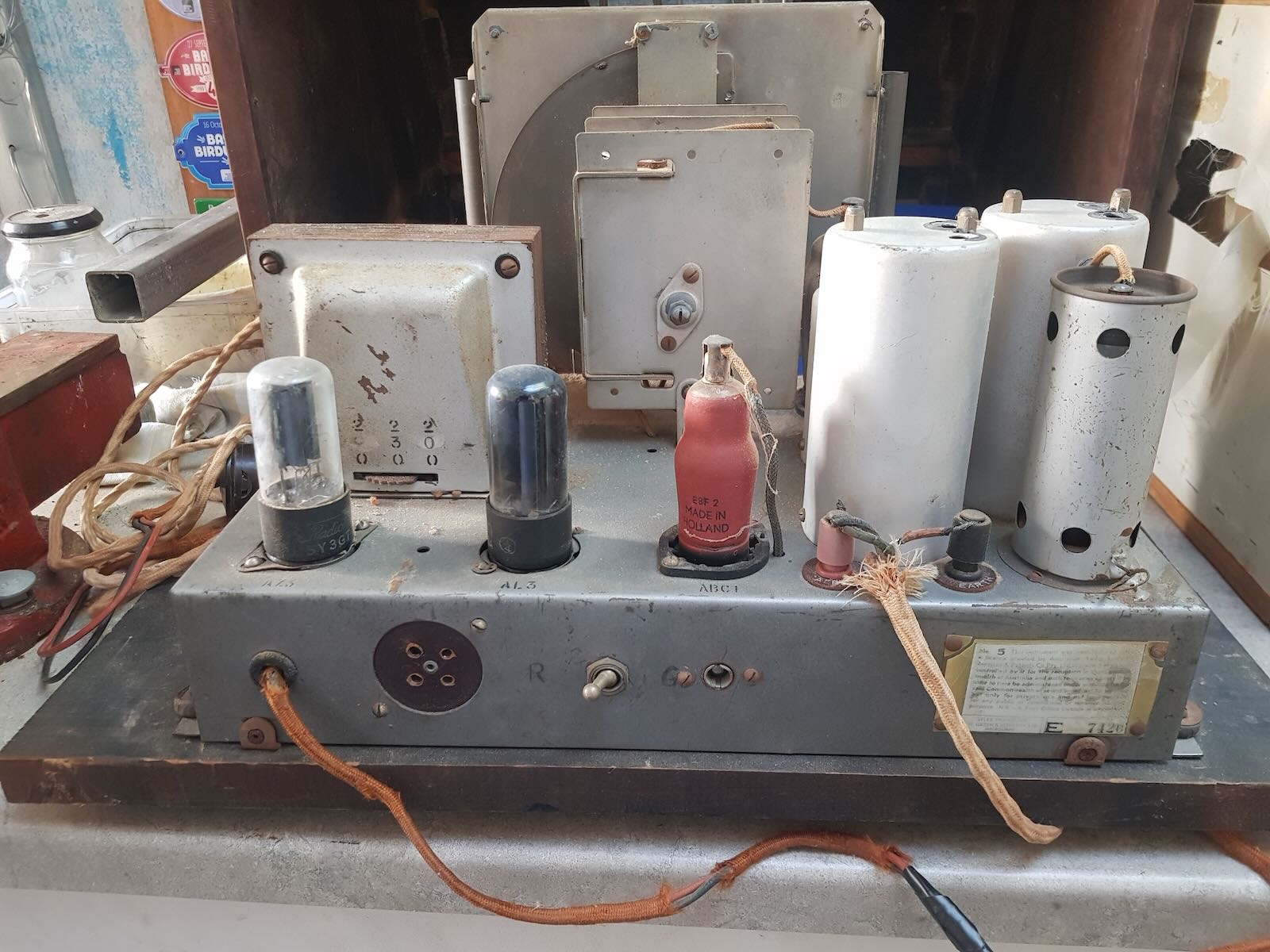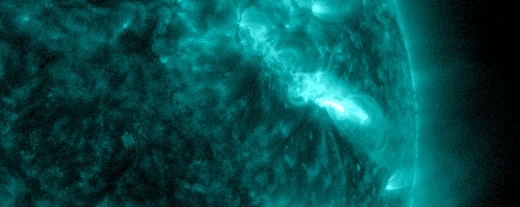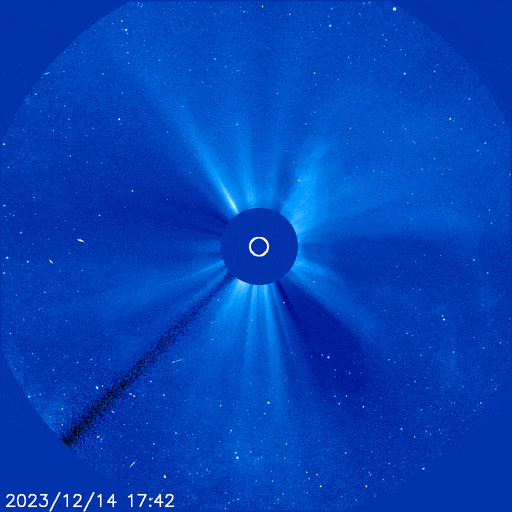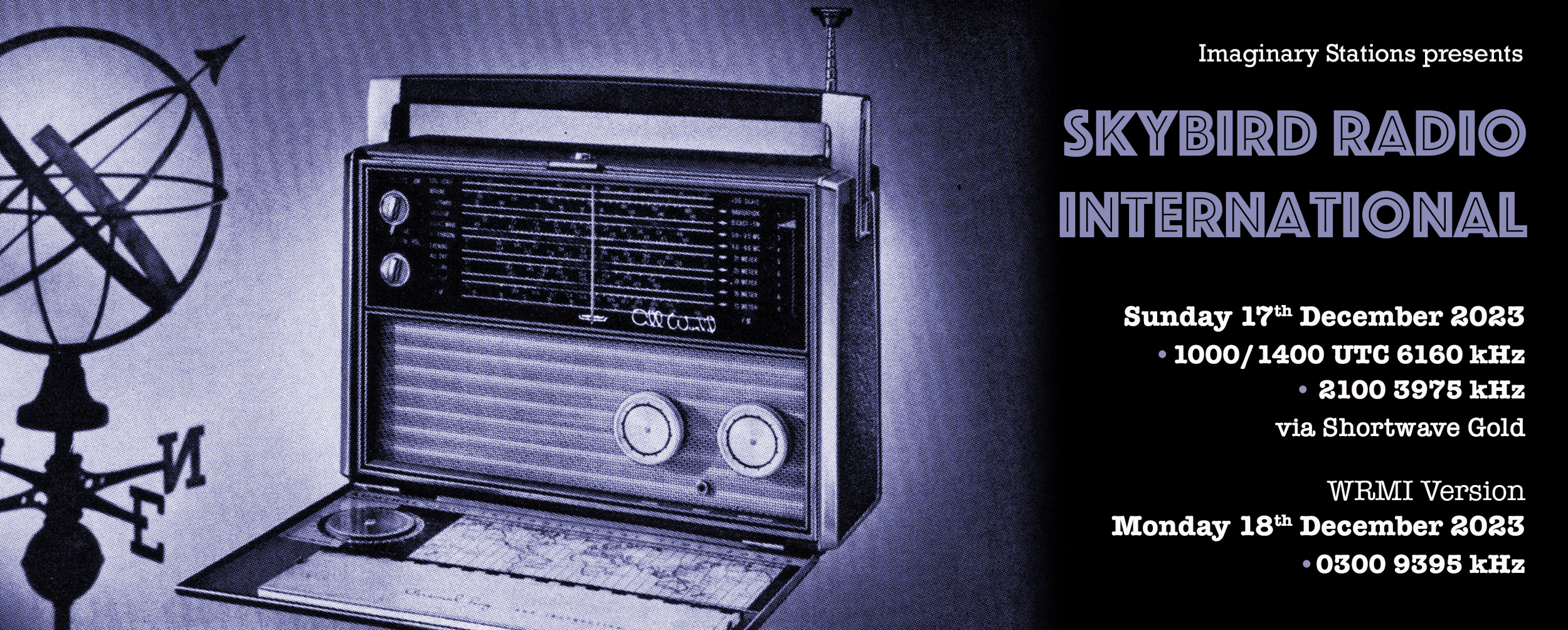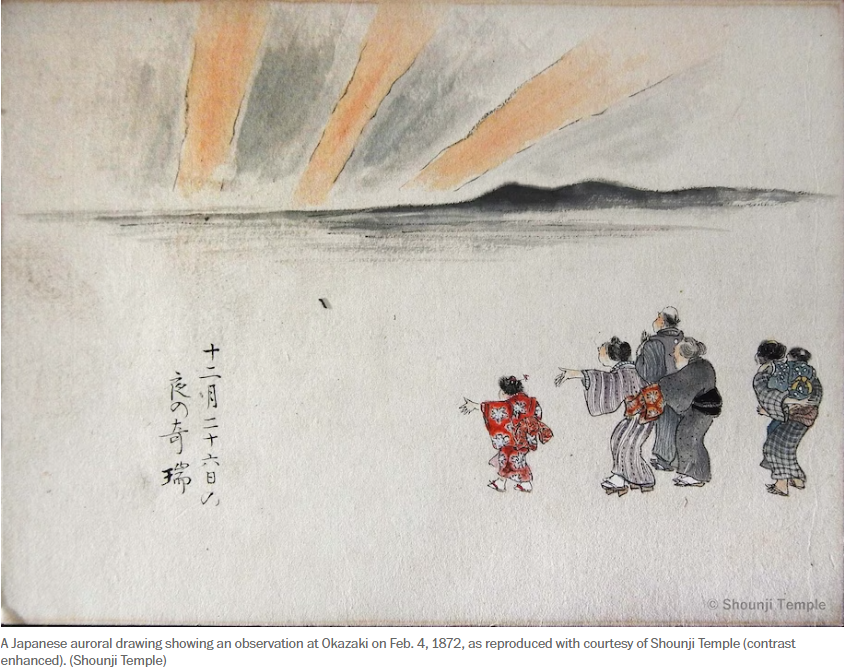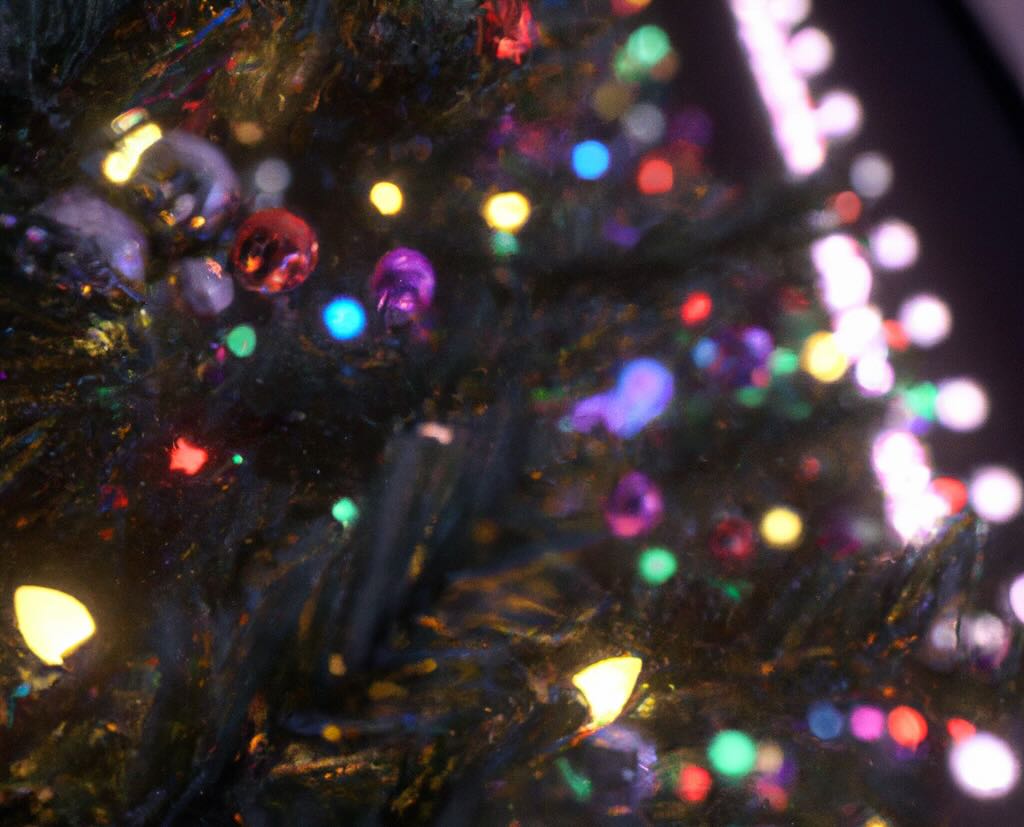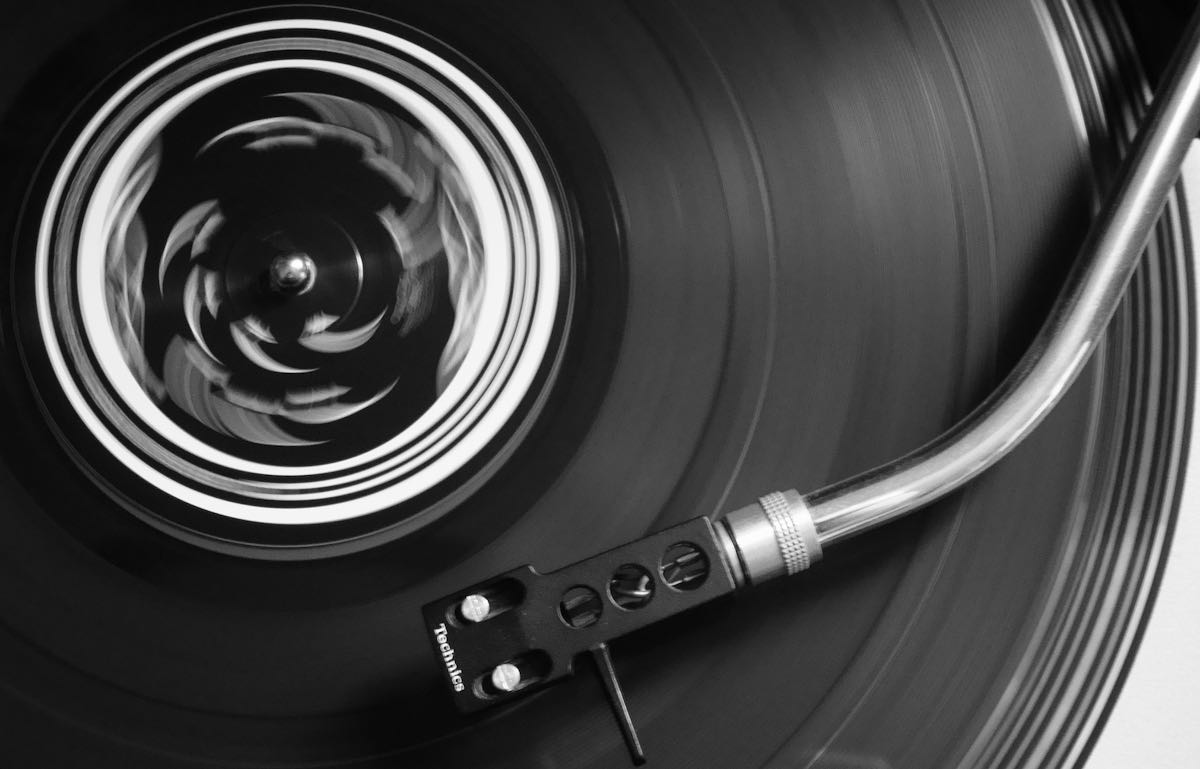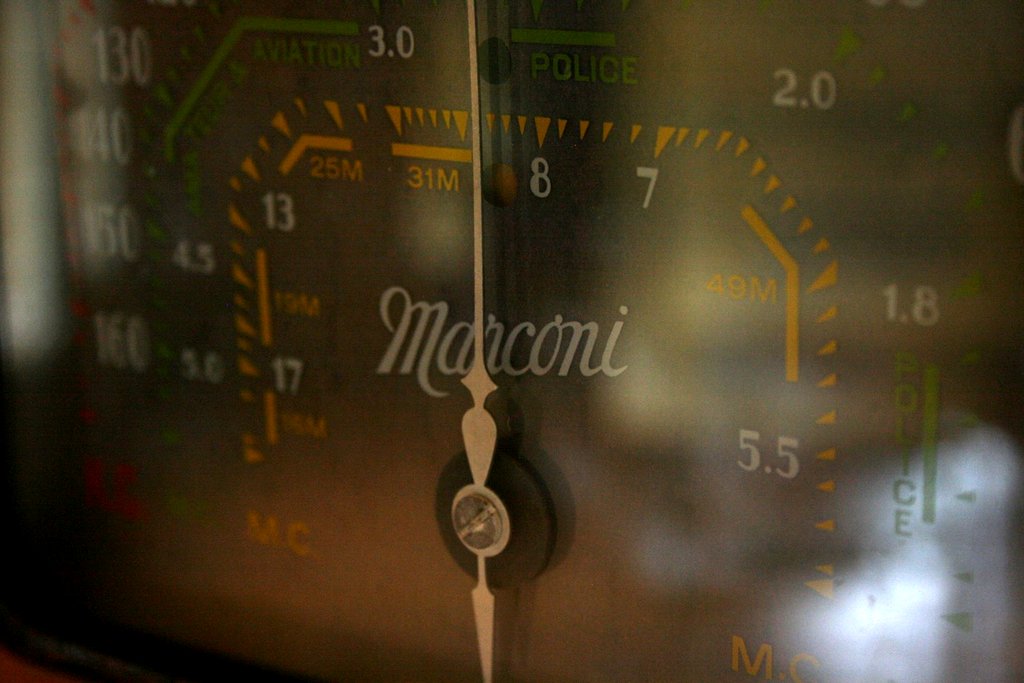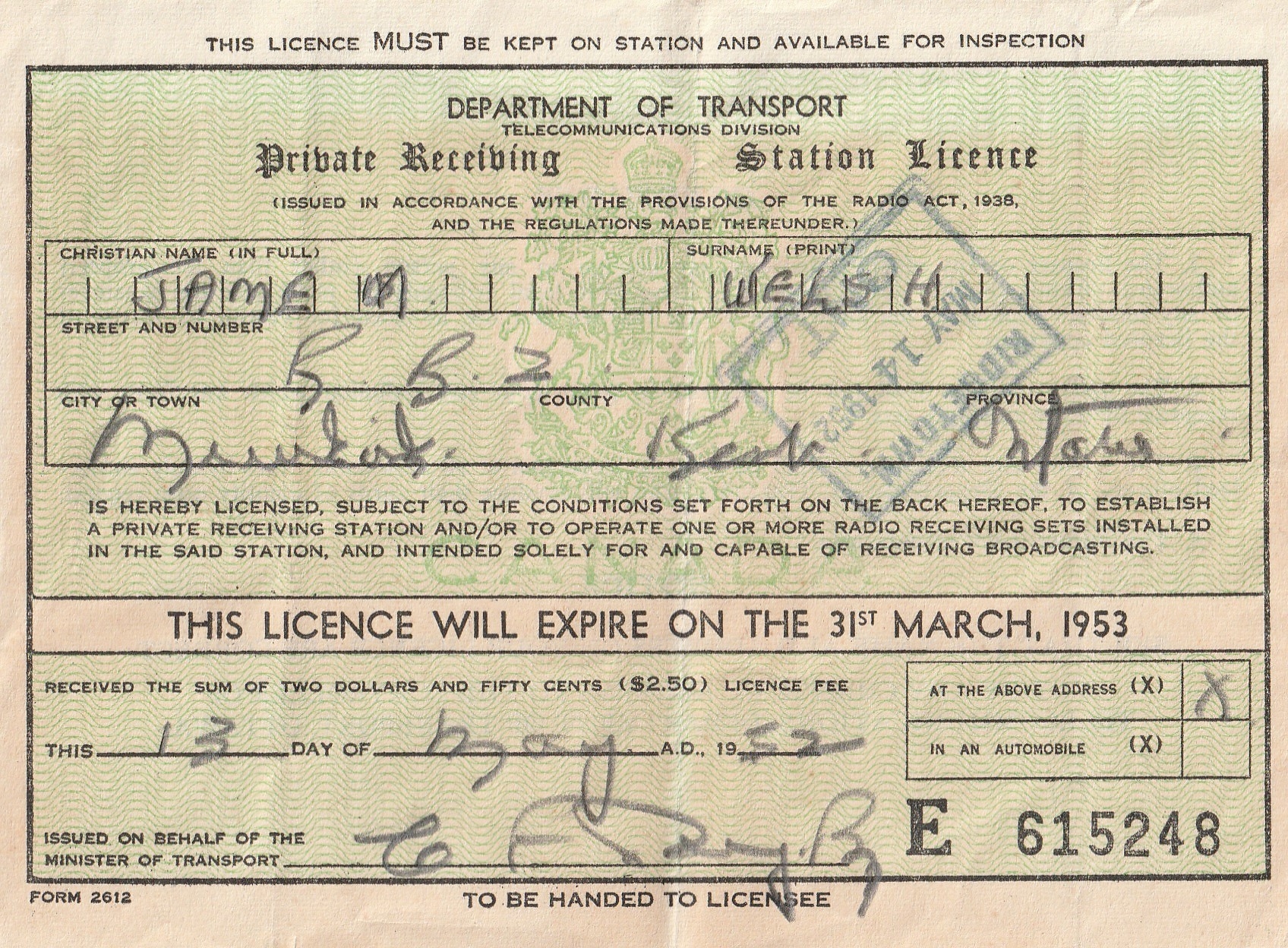Many thanks to SWLing Post contributor, Jerome van der Linden, who writes seeking a bit of help:
Hello Thomas,
From time to time I see you’ve tried to ID receivers used in movies etc. I have a slightly different request that I hope you may pass on…
I’m trying to restore an old AM/SW radio for a friend and only know that its brand is a Howard radio who built sets in the US and in Melbourne, Australia. But I don’t know its model number and the tubes (valves here) are not all identifiable.
The chassis has numbers printed on it adjacent to the tubes AZ3 (with a Y2GT tube in its socket); AL3; ABC1 plus a couple of others. The four front control knobs appear to be volume, AM/SW band selector, tuning job (which drives a set of gears connected to the dual gang variable capacitor tuner), and what I assume is the tone control. There does not appear to be a power switch. Apart from tubes, I’m keen to confirm what my physical inspection of the 16 or so capacitors, in fact, are supposed to be so that I can source replacements.
The radio also has a toggle switch on the back, which I think switches the input between radio and an external gramophone. The loud speaker appears to be of the type with 4 conductors, where two are probably powering an electro magnet for the speaker. (I have also emailed the Steven Johnson web site for information, as he seems to store a lot of schematics for download.)
Thanks in advance.
Jerome van der Linden
Readers: If you can help Jerome, please comment!

